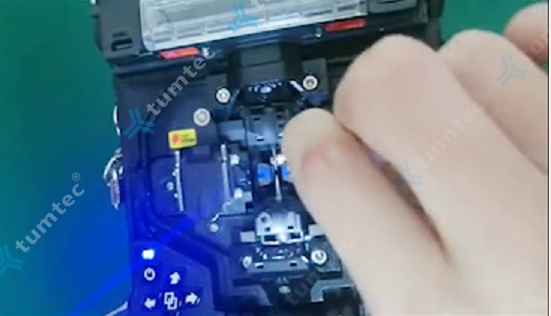
In winter, the weather is cold, and the temperature difference between indoor and outdoor is big, especially in the northern region with the heating system on, the temperature difference is much bigger, and condensate water is easy to be generated.
Fusion splicer will also be affected by the change of weather environment. Light sensor at low temperature will frozen and condensed water or water mist will be generated on the lens surface. During fusion, the optical fiber imaging will be blurred, which will affect the system's judgment of the position of the optical fiber, resulting in unable to align the optical fiber nor conduct optical fiber fusion operation
Then use a clean cotton swab to wipe the water mist on lens. After wiping, turn on the fusion splicer and wait for the water mist evaporates. When the optical fiber images are clear, then the optical fiber fusion can be carried out.

In addition to weather conditions, optical fiber imaging could be also affected by the dirty substance or the dust on the lens. The more sufficient preparation before working, the easier the fusion in the later period.
Nowadays, most areas enter into cold weather, in order to ensure the efficiency of fusion, to avoid big temperature difference resulting in optical fiber imaging blurring which will result in fiber tracking failure, wiping the lens surface in advance and performing ARC Calibration will be more efficient.
Copyright © 2021 Guangzhou Weyes Network Technology Co., Ltd. | All Rights Reserved